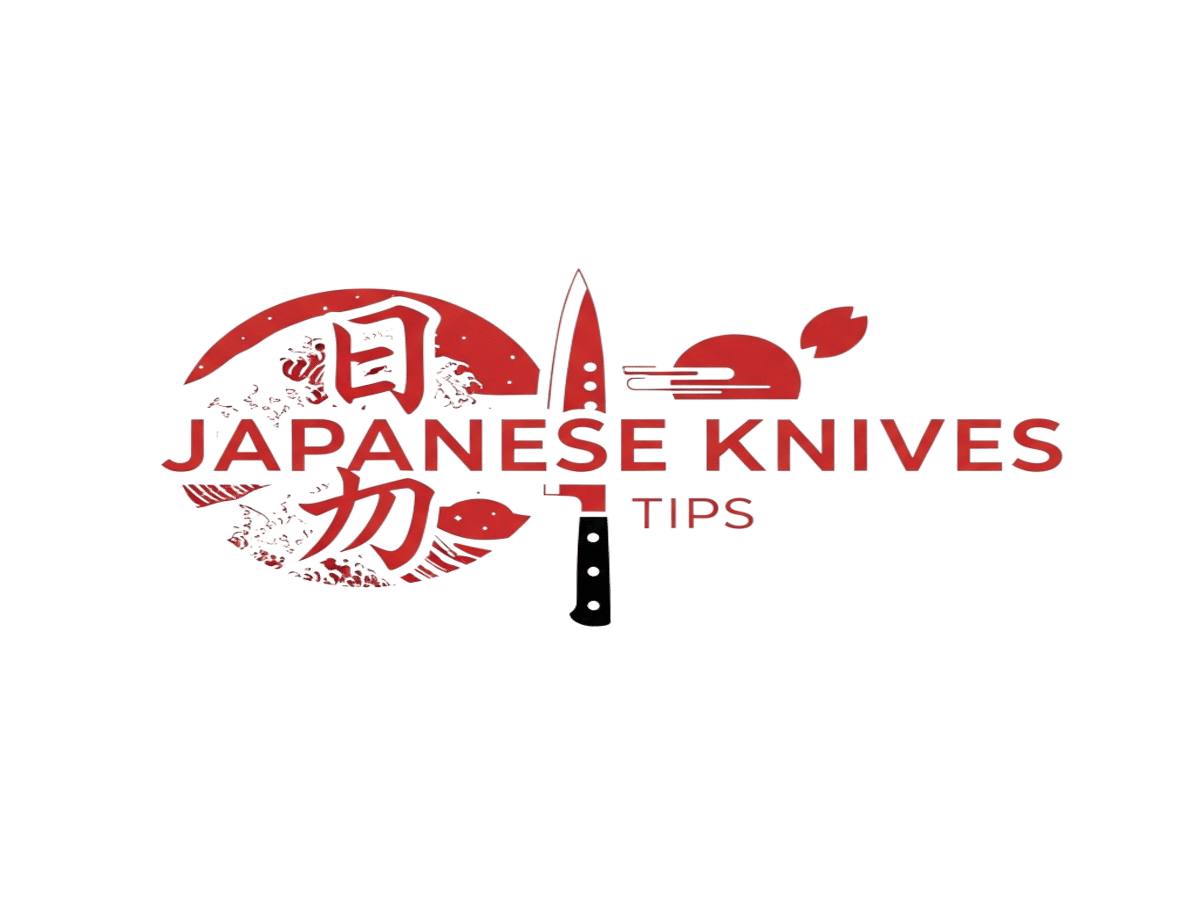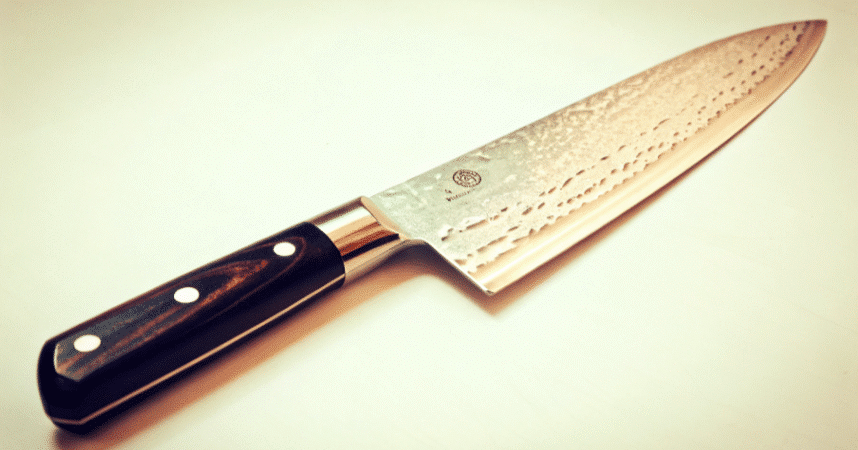When I first heard about Gyuto knives, I thought they were just another fancy kitchen tool. But after trying one, I quickly saw why so many cooks swear by them. These knives are sharp, light, and work well for all kinds of cutting—meat, fish, and veggies. They’re kind of like the Swiss Army knife of chef’s knives. The Gyuto is often compared to a Western chef’s knife because of its similar versatility and multifunctional design. If you want a single chef’s knife that can handle almost anything in the kitchen, the Gyuto—a Japanese chef’s knife—is a solid pick. Among chef’s knives, Gyuto knives stand out as some of the most versatile options available. Let me tell you why it might just become your go-to blade.
Getting to Know Japanese Knives
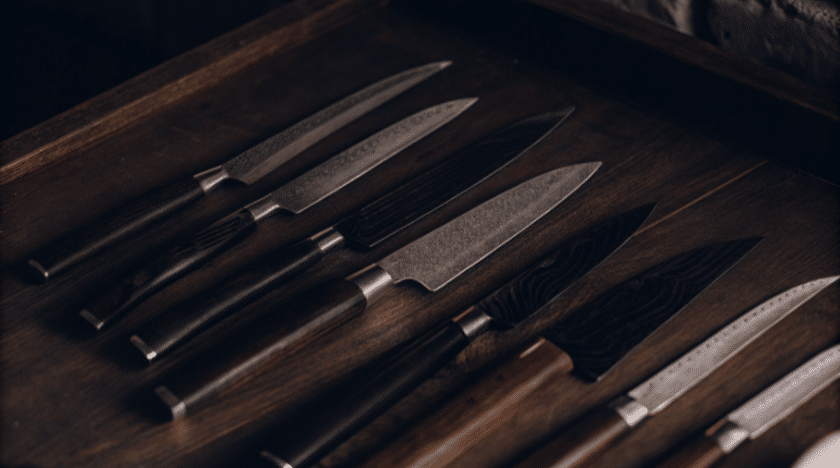
Japanese knives have a solid reputation for quality and history, and Gyuto knives are a great example. The Gyuto is a knife from Japan, specifically designed as a Japanese interpretation of the Western chef’s knife. It blends old-school skill with modern sharpness and design. If you want a knife that’s sharp, tough, and ready for nearly any kitchen job, the Gyuto fits the bill. One brand you’ll hear a lot about is Sakai Takayuki. They’re known for making top-notch Japanese knives, including Gyuto knives that many chefs and home cooks swear by. Whether you’re cooking professionally or just love spending time in the kitchen, adding a Gyuto knife to your gear is a smart move.
What Makes a Gyuto Knife Special?
The Gyuto knife is built to do a lot. It’s made for chopping, slicing, and dicing meat, fish, and veggies with ease and accuracy. Its blade has a pointed tip and a nice curve, which makes it good for different cuts—from slicing sashimi to chopping up your favorite vegetables. The Gyuto is designed to handle a variety of kitchen tasks, much like a Western chef’s knife, with features that enhance its versatility. The heel of the blade provides leverage for chopping vegetables or other tasks that require extra force. The blade is slim and holds a sharp edge, so you get clean cuts without wasting food. You’ll find Gyuto knives made with different steels, like Damascus or Molybdenum, which help the blade stay sharp and last longer. The best part? This knife is super versatile, so it handles many kitchen tasks without breaking a sweat.
Picking the Right Gyuto Knife for You
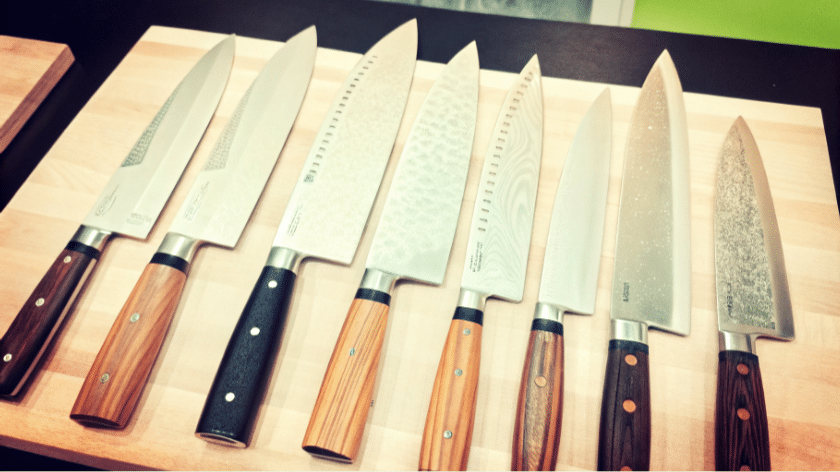
Choosing the right Gyuto knife means thinking about a few things. First, the steel type matters. VG-10 and Blue Steel #2 are popular choices because they hold their edge and performance well over time. Next, look at the handle. Materials like ebony or walnut affect how the knife feels in your hand and how easy it is to control. Gyuto knives come in various sizes, usually between 150mm and 240mm. Smaller blades are easier to handle for fine work, while bigger ones give you more slicing power. You’ll also want to check the blade finish. Styles like Tsuchime or Damascus not only look cool but can help with durability. The right Gyuto knife should feel comfortable, balance well in your hand, and let you cut with precision.
Where to Buy Your Gyuto Knife
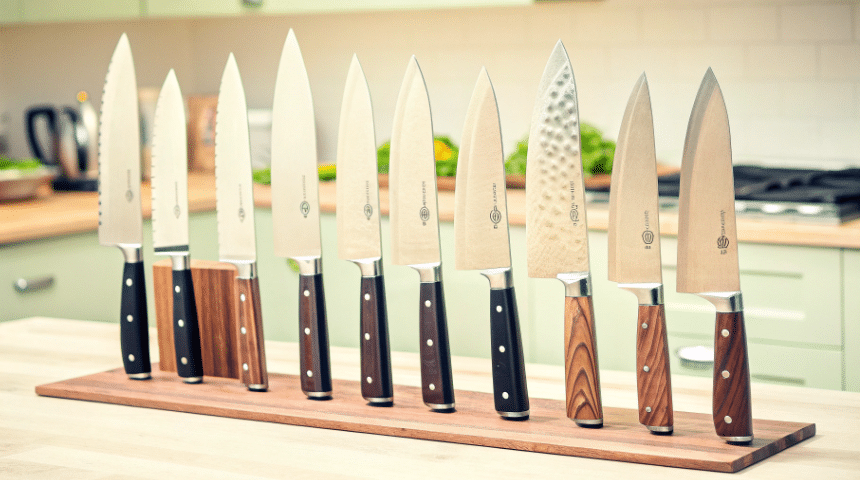
Ready to get a Gyuto knife?
Great choice.
You’ve got options. Lots of them. Online stores are everywhere. Specialty shops too. Want authentic Japanese knives? Check out Chubo Knives. Try Hasu-Seizo. These sites are gold mines. They’ve got Sakai Takayuki. They’ve got other respected brands. You can compare blade lengths. You can check handle materials. All from your couch.
Shopping online is smart.
Why?
Here’s why. You get detailed descriptions. You read customer reviews. You find the perfect Gyuto for your needs. Slicing meat? Check. Dicing vegetables? Check. Preparing delicate sashimi? Double check. Many retailers sell Damascus steel knives. They sell molybdenum ones too. These materials are tough. They stay sharp. They resist discoloration. That’s what you want.
Like hands-on shopping?
Visit a specialty kitchen store. Try a Japanese import shop. These places are different. They curate their selection. Their staff knows knives. Really knows them. They’ll help you find a balanced Gyuto. One that feels right in your hand. You’ll get expert care advice too. Your knife will stay sharp for years. Trust me.
Choosing your Gyuto matters.
Pay attention to the blade quality. Check the steel type. Feel the handle comfort. A good Gyuto has a sharp edge. It has a pointed tip for precision. It feels balanced. You’ll have control chopping. You’ll have control slicing. You’ll have control dicing. Look for high-carbon steel. Look for Damascus. Look for molybdenum. These materials last. They don’t discolor easily.
Online shopping changed everything.
Finding a quality Gyuto is easy now. Doesn’t matter where you live. Professional chef? Home cook? Doesn’t matter. A Gyuto is an investment. It’s versatile. It’s sharp. It’s beautifully crafted. Western design meets Japanese precision. That’s what makes Gyuto special. It stands out from other chef’s knives. The control is amazing. The versatility is hard to match.
Want to upgrade your chef’s knife?
Want to experience Gyuto precision?
Take time to explore. So many choices out there. You’ll find one that fits your style. You’ll find one that fits your needs. You’ll find one that fits your budget. Every meal prep gets easier. Every meal prep gets faster. Every meal prep gets more enjoyable. That’s the Gyuto difference.
Taking Care of Your Gyuto Knife
Keeping your Gyuto knife in good shape is pretty straightforward. Clean it after each use and store it safely to avoid any discoloration or damage. Sharpen it regularly to keep that edge razor-sharp. When buying, pick a knife from a trusted maker who uses quality materials. If you take care of your Gyuto knife, it’ll stick with you for a long time, making your kitchen work easier and more enjoyable.
That’s the lowdown on Gyuto knives. They’re a solid, versatile choice for anyone who spends time in the kitchen and wants a reliable, sharp tool. Whether you’re slicing sashimi or chopping veggies, a good Gyuto knife can make the job smoother and more precise. Give one a try and see the difference it makes in your cooking.
FAQ’s
What’s a Gyuto Knife Good For?
A Gyuto knife is like a kitchen all-rounder. You can use it to slice meat, chop veggies, and even cut fish with ease. It’s got a sharp, pointed tip that helps with precise cuts, and the curved blade makes chopping and dicing feel natural. If you want one knife that handles most kitchen tasks, this is it.
How Do I Pick the Right Gyuto Knife?
Look at the blade size and the steel type. Smaller blades are easier to control for detailed work, while bigger blades give you more power for slicing. Popular steels like VG-10 or Blue Steel keep the edge sharp longer. Also, check the handle—wood or other materials affect how the knife feels in your hand. Pick one that feels balanced and comfortable.
Can I Use a Gyuto Knife Like a Western Chef’s Knife?
Yes, you can. The Gyuto is basically Japan’s version of the Western chef’s knife. It’s lighter and thinner but works great for the same tasks. You can chop, slice, and dice just like with a Western chef’s knife, but many find the Gyuto easier to handle and sharper for fine cuts.
How Do I Take Care of My Gyuto Knife?
Keep it clean and dry after every use to avoid rust or spots. Sharpen it regularly to keep that sharp edge. Store it somewhere safe, like a knife block or magnetic strip, so the blade doesn’t get damaged. Taking care of your knife means it’ll last a long time and stay sharp for all your kitchen work.
